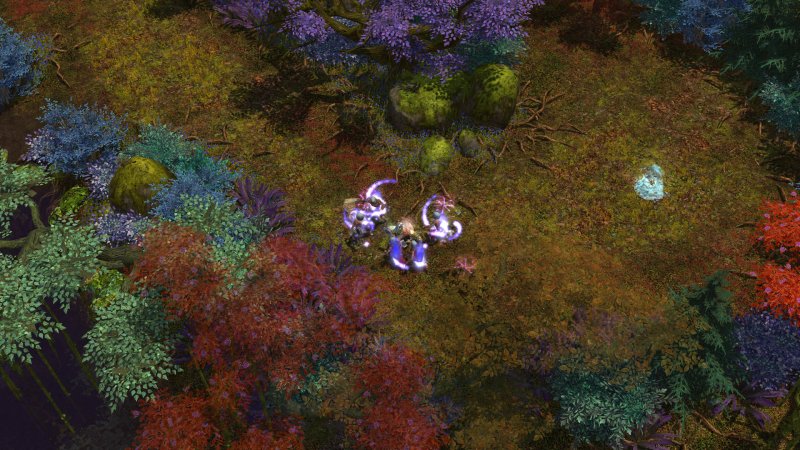Released in June 2006 by Iron Lore, a development studio formed by former Ensemble Studios (Age of Empires), it was expanded the following year with Immortal Throne.
At that time it did not sell many copies and Iron Lore was forced to close in 2008: Crate Entertainment was born from its ashes, to which we owe the excellent Grim Dawm, which was also recently expanded. Meanwhile, Titan Quest had taken another path, the one of forgetfulness.
If it were not, launched on Steam (when Steam was still a store and not a landfill), it managed to sell hundreds of thousands of copies, convincing the new publisher THQ Nordic, who acquired the rights in 2013, to remaster it by launching the Titan Quest Anniversary Edition in 2016, and surprisingly producing a second expansion: Ragnarök, released a few days ago, more than eleven years after the launch of the original.
As the title suggests, this time our hero abandons the ancient Greece to pay a visit to the cold lands of the north, where there are so many creatures escaped from the Nordic mythology in the company of Celtic peoples waiting to be massacred in joy. Translated into terms of content,
Ragnarök includes a new campaign, a new mastery (Master of runes), brings the limit of levels to 85 and adds a large amount of objects and powers, retouching where necessary the material already included in the basic game, which however it is not minimally affected in its essence.
IT IS TITAN QUEST
In fact, the novelties of Titan Quest Ragnarök are exhausted in the list of its contents, since the game remains essentially what we have learned to love over the years. The mechanics are exactly the same, while the gameplay is dedicated to the most skilled players, since to be enjoyed requires a high level character, who has completed Immortal Throne.
The story does not bind in a very organic way to that of previous chapters, although it must be said that Titan Quest has never shone from the narrative point of view: however, the excuse given for the change of scenery is not as bad as it seems in a first joke.
Moreover, the important thing is to have new creatures to beat and new levels to overcome, perhaps learning to exploit the runes, whichthey essentially transform the protagonist into a warrior wizard, with melee attacks mixed with various spells. Even in this case, nothing that has not already been seen.
Unfortunately, it is precisely the new levels that show evident highs and lows. The best maps are those outdoors, as has always been for Titan Quest even in the absence of Ragnarök: as usual the natural landscapes make it particularly good, especially in the wildest areas. Less successful in our opinion the interiors, which appear very anonymous.
We think in particular of the dwarves’ dungeons, which are really poor in characterizing elements, but also in some advanced levels, of which we reveal nothing not to give you too many anticipations, but theoretically they should have been much more powerful from the point of view of representation than they are, inhabited as they are by creatures of a certain kind.
In short, many maps have the flavor of large arenas even when they are expected to be something else and end up penalizing the dive a bit.

